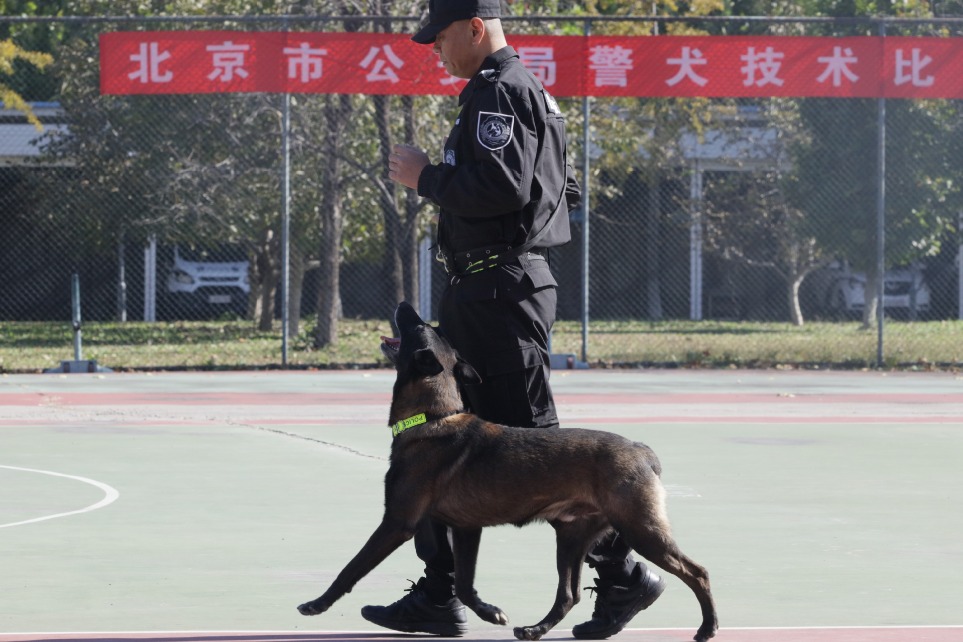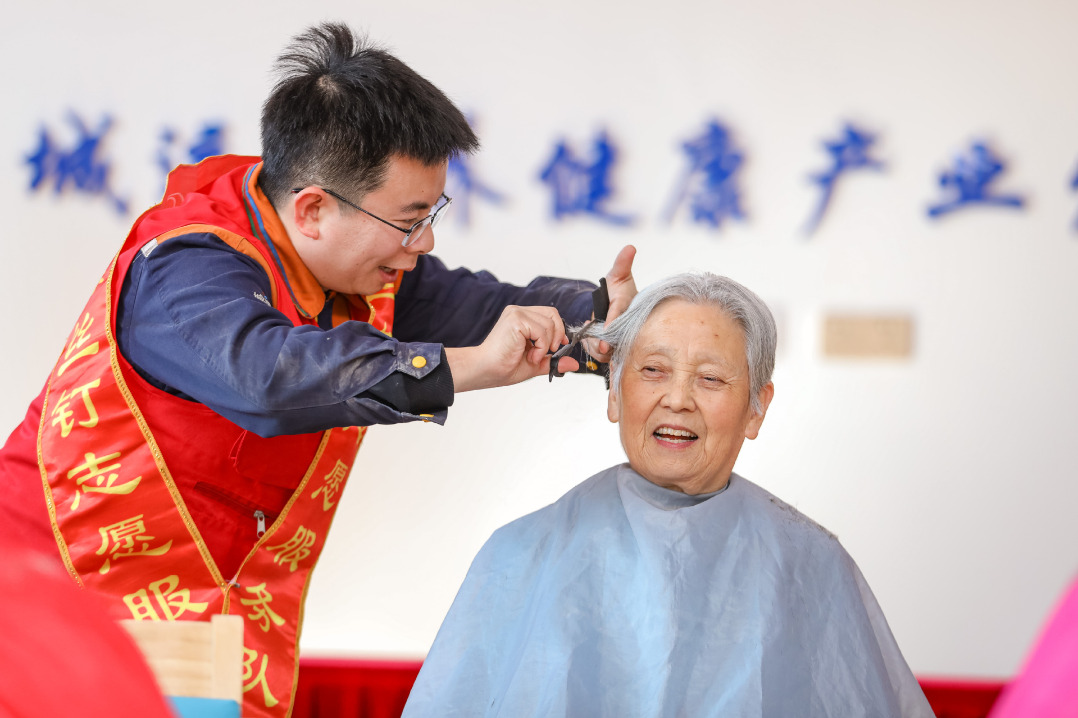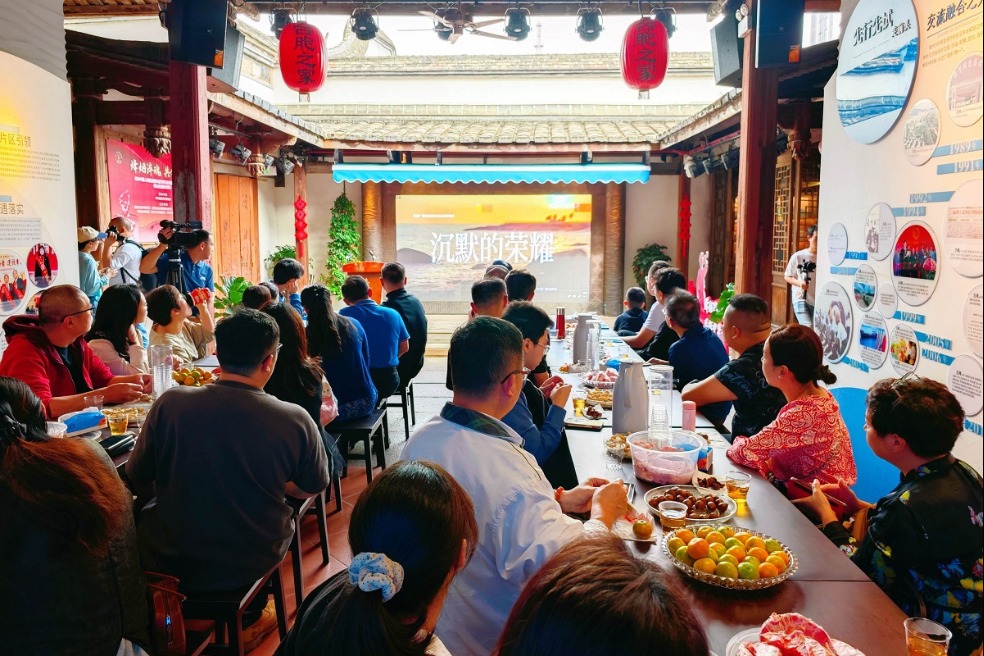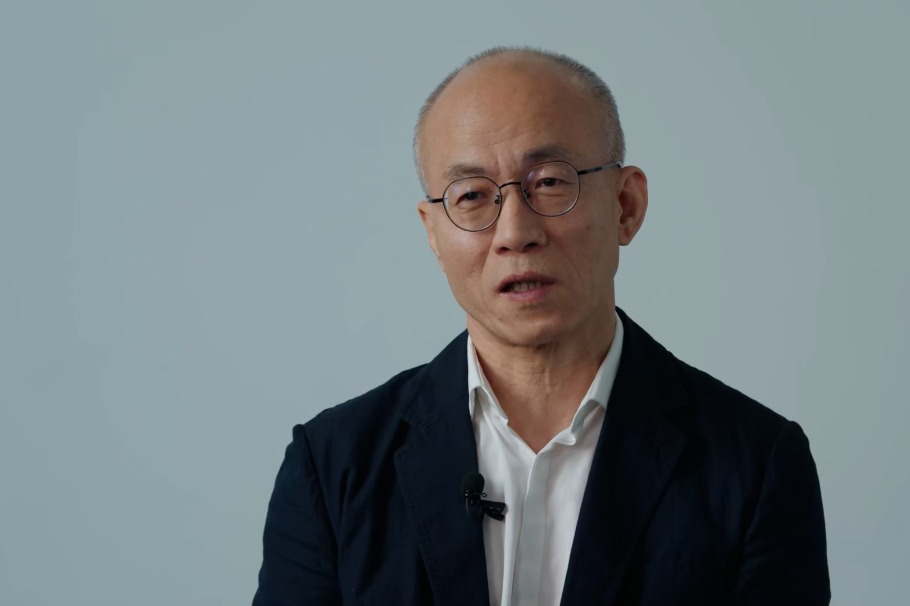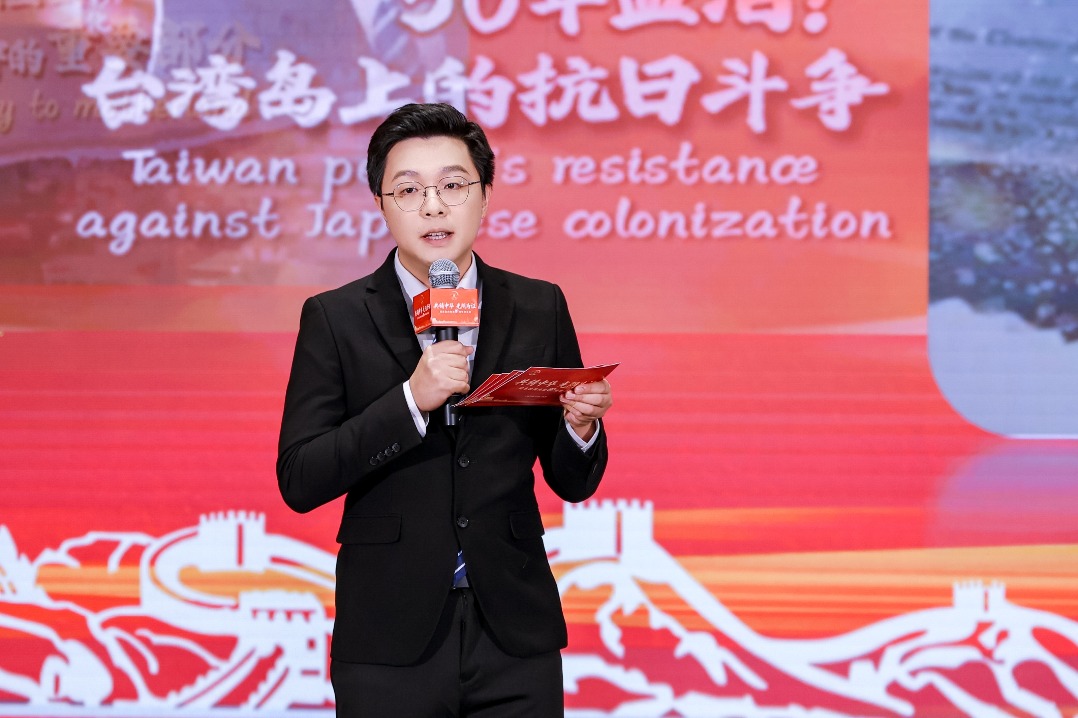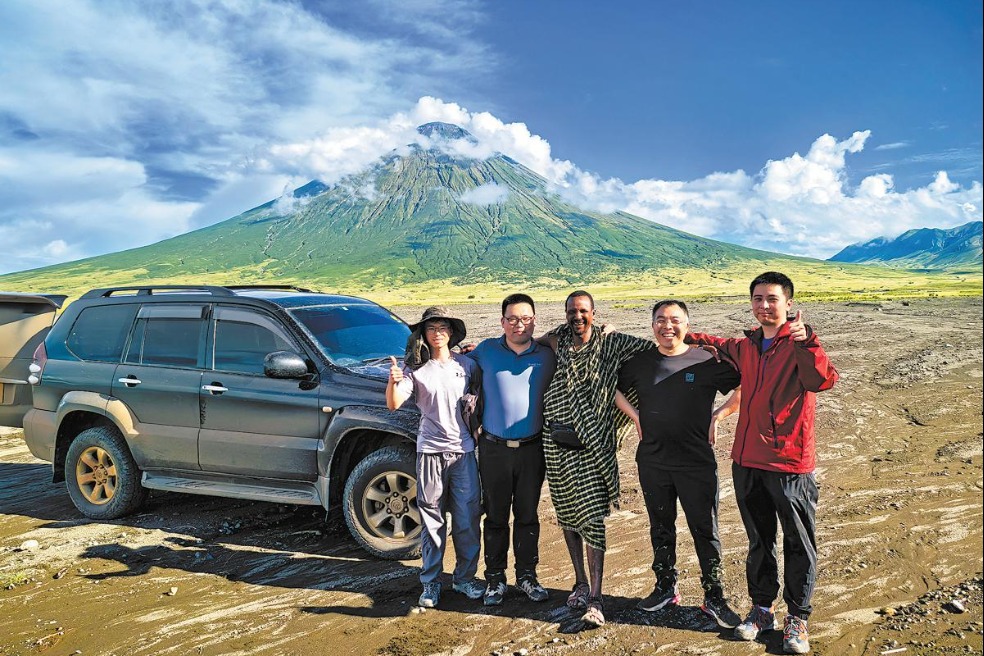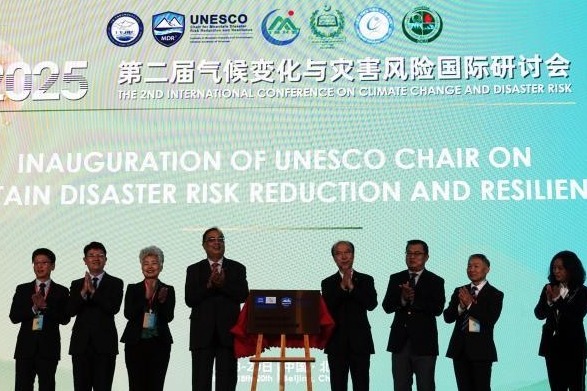Latest bulk drug procurement includes 55 medicines

China's 11th nationwide centralized drug procurement round has selected 55 medicines, including antivirals and diabetes treatments, which are expected to become available at lower prices starting in February, the National Healthcare Security Administration said on Tuesday.
Preliminary results from the bidding process held in Shanghai from Monday to Tuesday show that the chosen drugs cover a wide range of therapeutic areas, such as infection, allergy, cancer, high blood pressure, high cholesterol, high blood sugar, inflammation and pain relief.
Among the successful bids is oseltamivir, commonly used to treat influenza, a first-line diabetes medication called metformin, and the anticancer medication olaparib.
During this round of bulk-buy where drugmakers cut prices to win bids for large-volume supply contracts with public hospitals, 794 products from 445 enterprises were available to be bid on. Ultimately, 453 products from 272 companies were selected.
Around 46,000 medical institutions had submitted their procurement demands in advance, some specifying preferred brands. The administration said that 75 percent of these requested volumes were successfully matched with winning products.
"The selected brands closely match clinical needs, and the majority of chosen manufacturers are established firms with proven supply capacity and reliable quality," it said. "Each region will be supplied by multiple winning manufacturers, ensuring a diverse and stable product selection."
Beyond addressing clinical demand, this round of procurement emphasized quality assurance and discouraged abnormally low bids.
To reinforce quality control, bidding manufacturers were required to demonstrate prior experience in producing the same category of drugs. Additionally, the production line for the bid drug must have had no manufacturing practice violations within the past two years.
"Regulatory authorities will conduct comprehensive supervision and inspections of all selected products in the future," it added.
The competition in this round was notably more intense compared to the previous 10 rounds. To mitigate excessive competition and avoid extremely low bids, the administration introduced safeguards, including an anchor price reference, a revival mechanism and proactive communication with companies to encourage reasonable pricing.
As a result, the round maintained a relatively high selection rate, while the average price gap among winning drugs was substantially smaller than in earlier batches.
The administration also emphasized efforts to prevent bid-rigging and collusion, as well as promoting a fair and competitive market environment.
Since the centralized procurement program was launched in 2018, a total of 490 drug varieties has now been included through 11 rounds.
- Latest bulk drug procurement includes 55 medicines
- Global forum explores Xizang's modernization
- Criminal cases in China in 2024 down 25.7% year-on-year, lowest level this century
- 3 rare North China leopards spotted in Hebei nature reserve
- Shanghai unveils innovation associations to promote Yangtze River Delta integration
- City showcases digital urban future
















